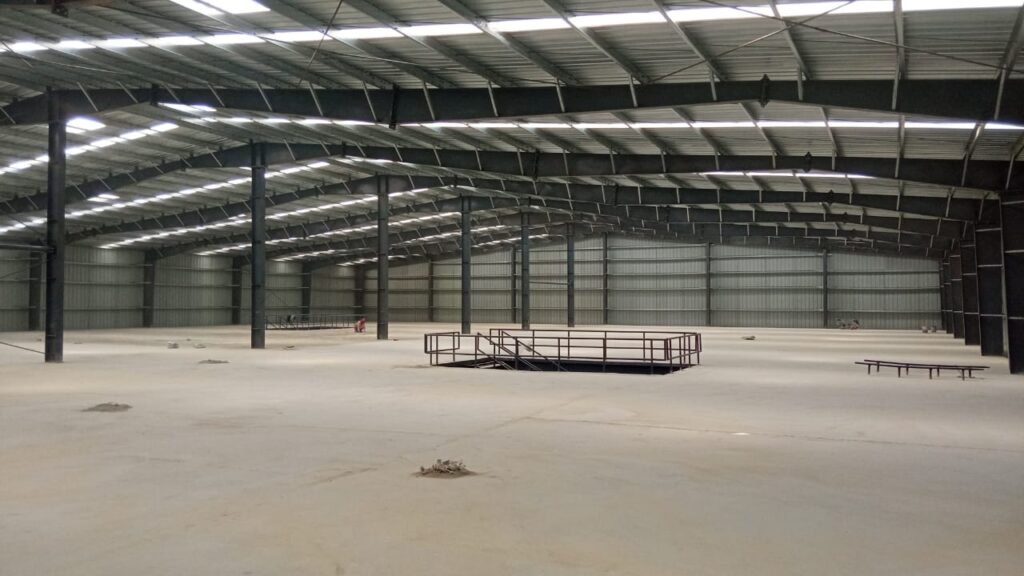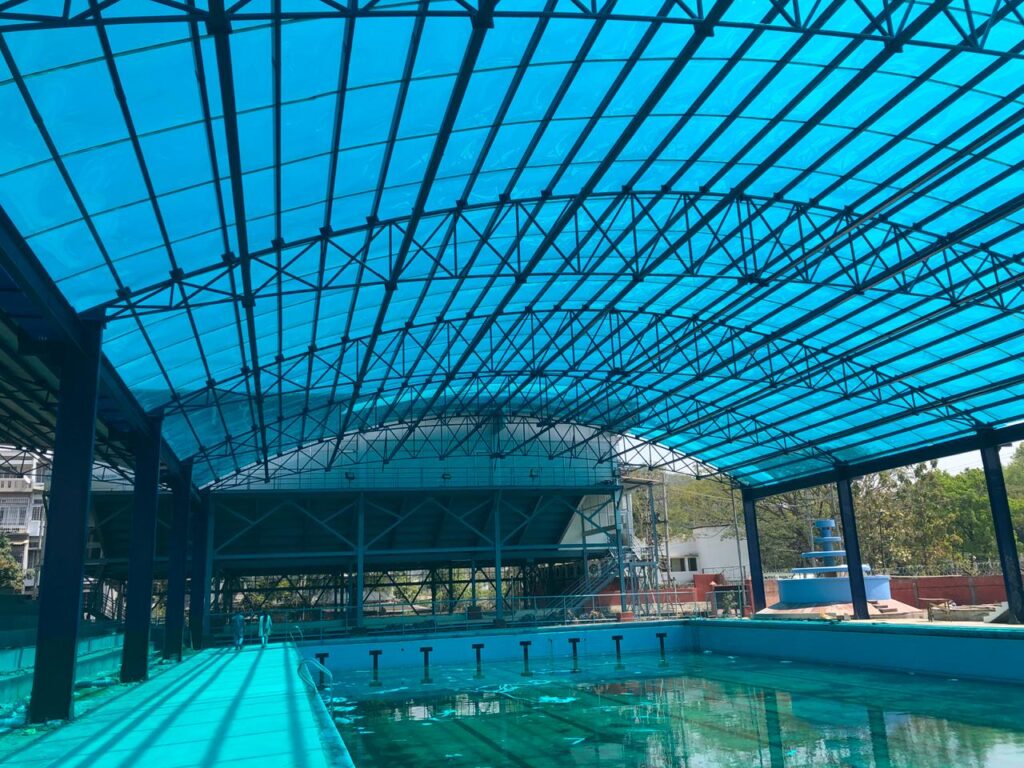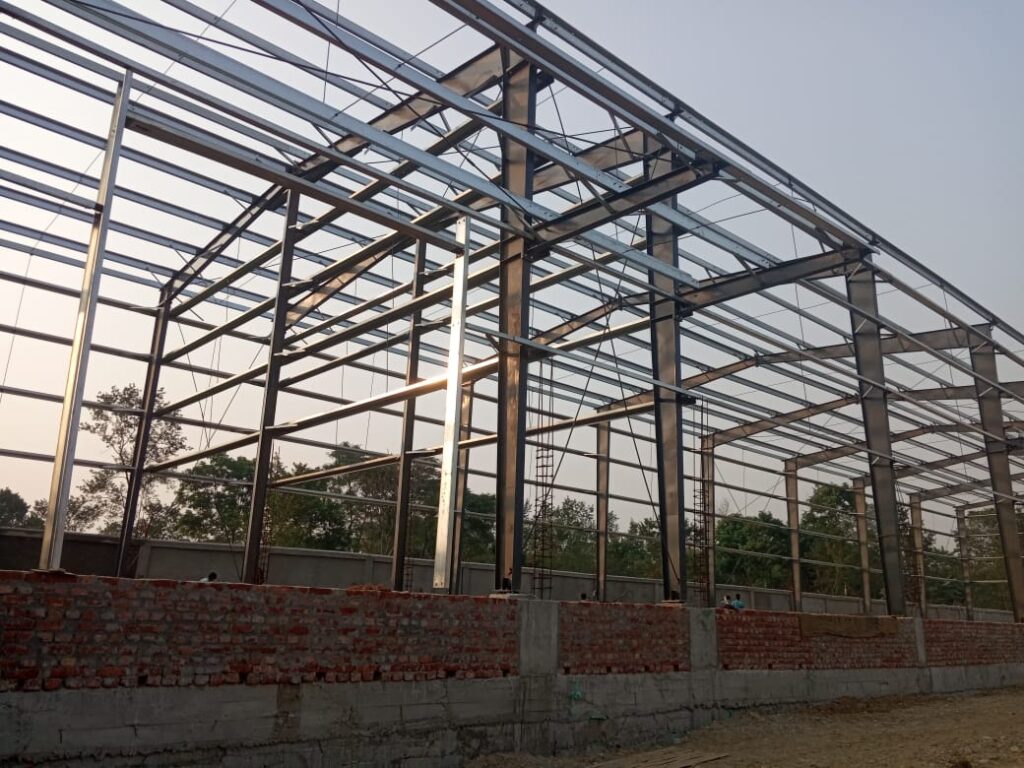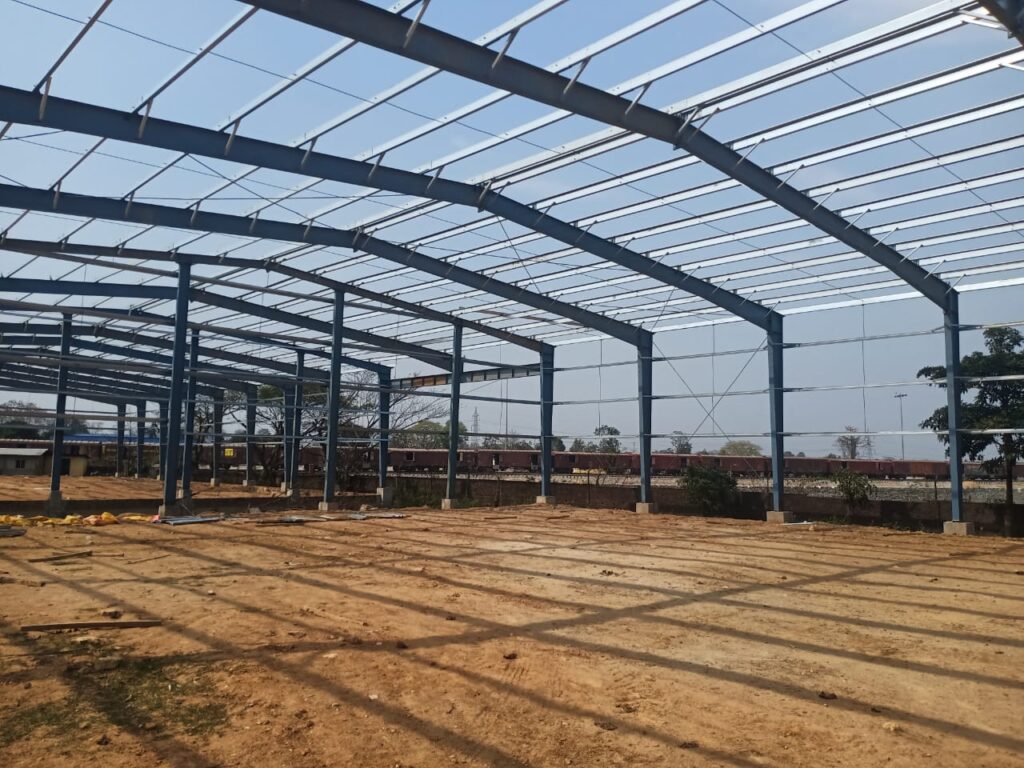Trilok Infracon (India) Pvt. Ltd.
Trilok Infracon (India) Pvt. Ltd.
Steel structures have played a pivotal role in shaping the modern world of architecture and engineering. Known for their exceptional strength, durability, and versatility, steel structures have been used in a wide range of applications, from towering skyscrapers to intricate bridges and expansive industrial complexes. This article delves into the key characteristics, benefits, and innovative uses of steel structures, highlighting their significance in contemporary construction.
Innovative Uses of Steel Structures:
Skyscrapers: Steel’s strength-to-weight ratio has revolutionized urban landscapes, enabling the construction of iconic skyscrapers that reach unprecedented heights. The material’s flexibility also allows these structures to sway with the wind, enhancing their stability.
Bridges: Steel’s durability and load-bearing capacity make it an excellent choice for constructing bridges, both in urban and remote areas. Cable-stayed bridges and suspension bridges often feature steel components for their main spans.
Sports Arenas and Stadiums: Steel structures provide the expansive open spaces required for sports arenas and stadiums. Their ability to create vast unobstructed areas with minimal columns ensures excellent sightlines for spectators.
Industrial Facilities: Steel structures are the backbone of industrial facilities such as warehouses, factories, and power plants. Their adaptability allows for efficient use of space and the incorporation of heavy machinery.




Steel structures continue to redefine the possibilities of architectural and engineering design. With their unmatched strength, versatility, and sustainability, they have become a cornerstone of modern construction. From towering skyscrapers that touch the sky to intricate bridges that span great distances, steel structures stand as a testament to human ingenuity and the art of engineering.
Key Characteristics of Steel Structures:
Strength and Load-Bearing Capacity: Steel is renowned for its high strength-to-weight ratio, making it an ideal choice for structures that need to support heavy loads. Its exceptional load-bearing capacity allows engineers to design structures that can withstand both static and dynamic forces.
Durability and Longevity: Steel structures are highly resistant to environmental factors like corrosion, moisture, and pests. This durability contributes to their long lifespan and reduces maintenance requirements, making them a cost-effective choice in the long run.
Versatility in Design: Steel’s malleability and flexibility enable architects and engineers to create diverse and imaginative designs. Its ability to be shaped into various forms and configurations opens the door to innovative architectural solutions.
Speed of Construction: Prefabricated steel components and advanced construction techniques facilitate quicker assembly and installation of steel structures compared to traditional building materials. This not only reduces construction time but also minimises disruption to the surrounding environment.